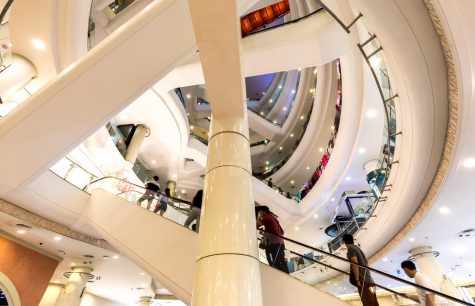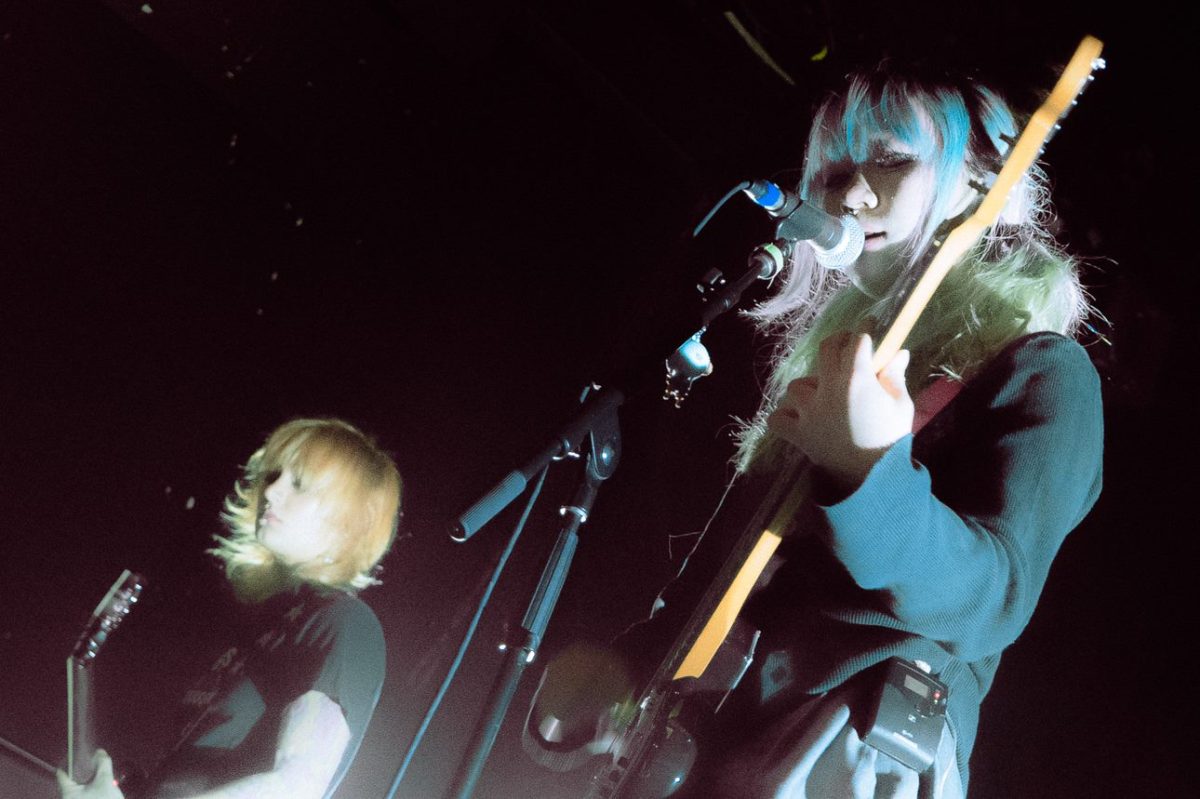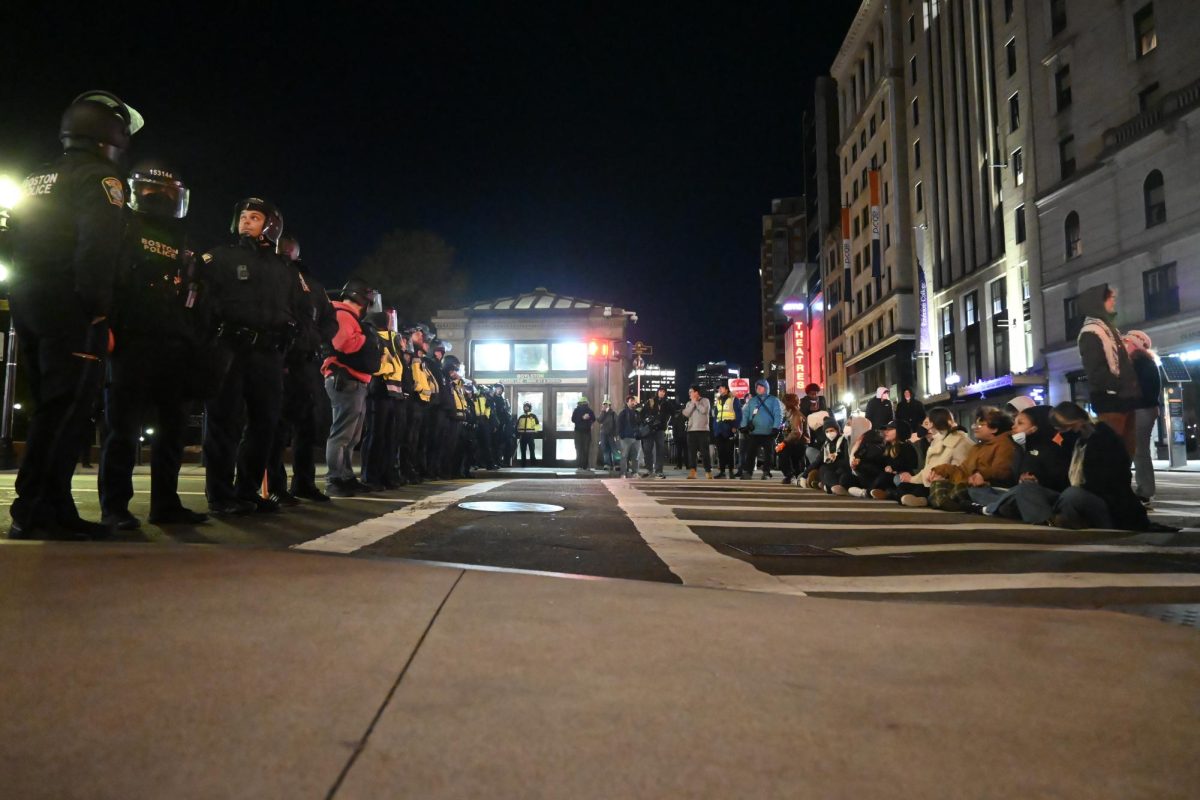
Devastation made its way to Bangkok, Thailand, where 29 people were shot dead in a shopping mall by an ex-soldier, according to CNN.
A day that seemed like any other quickly turned into a scarring moment in history. The global community is still mourning, as 57 others have also been wounded.
“Everybody was running into the shops and restaurants and barricading the doors. Everyone was really panicking. Everyone was looking through the glass trying to see what was happening exactly,” said local Jon Fielding, according to CNN.
The shooting rampage lasted for 17 hours, according to CBS. The perpetrator, Sgt. Maj. Jakrapanth Thomma, began firing at a naval base in northeastern Thailand before he infiltrated Terminal 21 mall on Saturday, Feb. 8. He was shot dead by police the following day. In the army, he was an ammunition battalion officer, according to CNN.
When Suffolk Professor Ronald Suleski first heard the news he analyzed the circumstances using political reasoning. Looking at the weapons used and possible motives, he expressed what could possibly be done for future instances.
“As automatic and semi-automatic weapons spread in society, they will especially be taken up when people are angry and want to cause a lot of harm,” said Suleski. “A number of groups have ideas about restricting access to firearms, more careful monitoring, etc. These groups and people need to speak up more loudly and more frequently.”
According to CBS, the shooting initially occurred on a naval base, where the Thai army says the criminal killed two others in a “personal dispute” over debt. They were the first two to die.
Following the argument, Thomma drove to his army base where he gathered weapons, ammunition and a Humvee, otherwise known as a military truck. Colleagues of the gunman were also some of the first to be targeted. Before he made his way to the mall, he shot through a Buddhist temple, according to CNN.
“We were scared and ran to hide in toilets. I am so glad. I was so scared of getting hurt,” said Sumana Jeerawattanak, who was rescued by police, according to the Washington Post.
Upon his arrival to the shopping center, the shooter opened rapid fire on people, forcing dozens to seek shelter inside the mall. Fielding stated how he and 20 others hid behind a restaurant kitchen counter for five hours, while hundreds were waiting to be evacuated, according to CNN.
It wasn’t until later, around midnight, that the police had secured a portion of the above-ground part of the mall, according to USA Today. However, the shooter’s exact location had yet to be located.
Sources say many victims were taken to nearby hospitals while the mall stayed on lockdown and didn’t open again until Feb. 13.
During that time, the gunman had taken to social media, continuously posting concerning updates of his rampage. While he was using social media, an image surfaced of him walking with a military helmet with smoke trailing behind him, according to USA Today.
“I think most people in Boston will lament this event, and not see anything positive in it,” said Suleski.
The man was eventually located and the standoff was over, as police shot Thomma dead on Sunday, Feb. 9. Afterwards, the country’s army chief apologized for the events that took place just days earlier, according to CBS.
Gen. Apirat Kongsompong stated he felt a great deal of grief and sorrow for those affected by the tragedy.
“I, as army chief, would like to apologize and say how sorry I am for this incident which was caused by a staff of the army. The second that the perpetrator pulled the trigger and killed, in that minute he is a criminal and no longer a soldier, ” said Kongsompong to CBS.
The emotional press conference held by the chief stated how the army wants to compensate for all the damages done to the families and victims.
“If you want to blame someone, you blame General Aspirat Kongsompng. I accept all criticisms and opinions. You can blame me because I am the army chief,” said Kongsompong.













